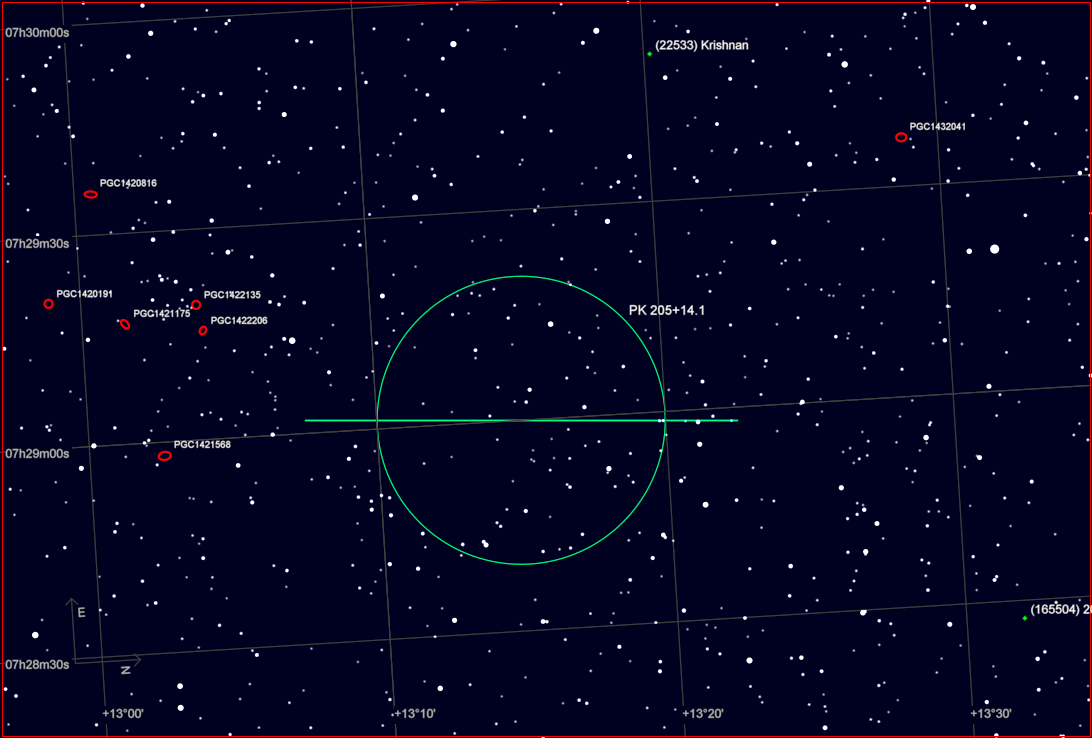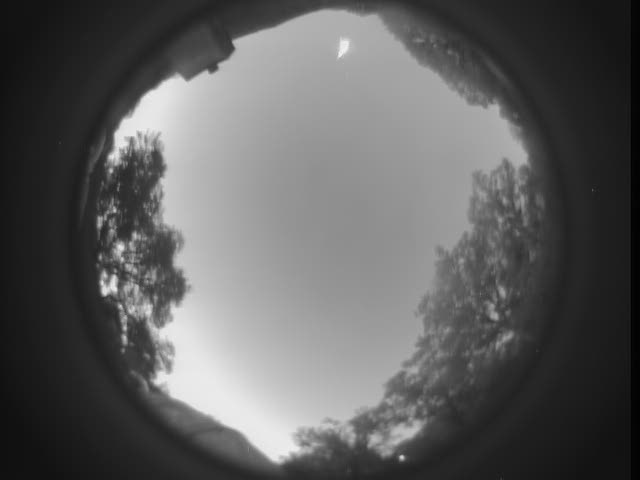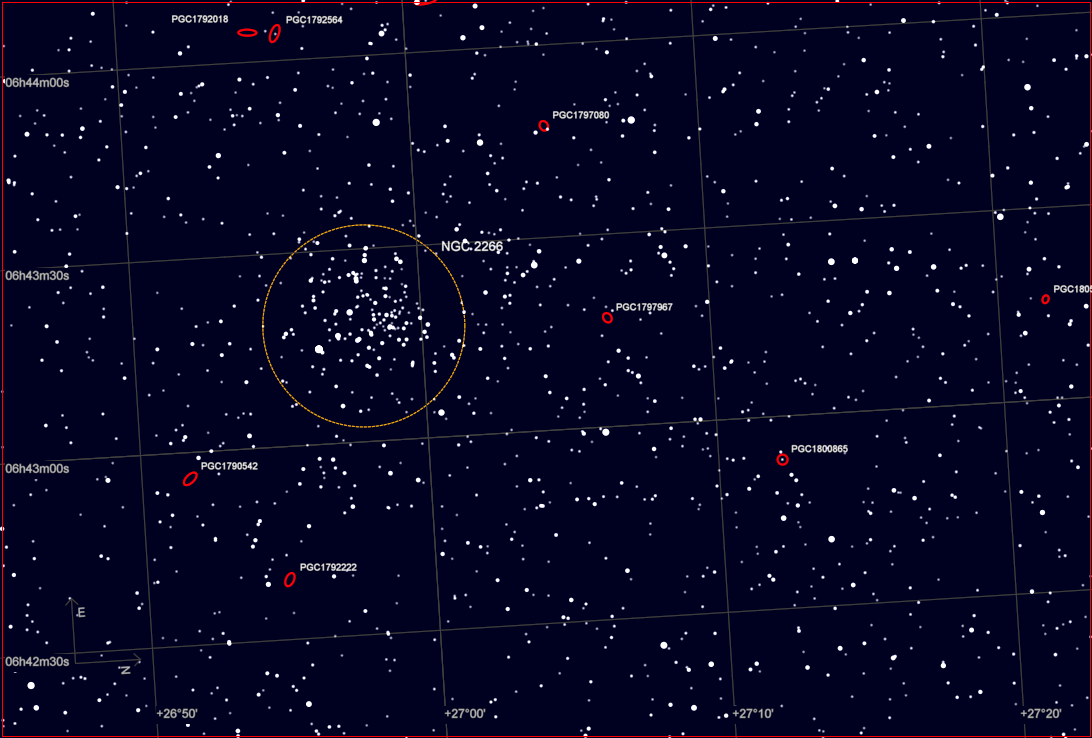The floor tasks have been put on hold for more conducive weather conditions and to be ready for the occultation on the 12th.
The original configuration of the control wiring and plumbing through the floor has been restored. However, the wiring configuration at the mount has changed drastically. The AP1600 allows the cabling to the focusers and cameras to be routed through the mount. I’ve rolled the dice and also routed the cooling hoses through it as well. This routing scheme significantly reduces the chance of wiring or hoses snagging on something. The size of the Losmandy mount prevented through the mount cabling so it was all external.
One of the challenges of a German equatorial mount has always been cable routing. Over time I had come up with a fairly good configuration, but there were certain positions in the sky that could result in a temporary snag. These weren’t critical enough to damage equipment; they would just cause enough drag to upset the guiding and ruin an exposure. The snag would then release and most of the time the mount guiding would recover. Once in a while I would have to go into the dome room and adjust the way the cables were hanging. Hopefully, that tasking is over.
So, here is progress made in the list of upgrade tasks:
- The scope has been balanced. The mount is fairly stiff and with the current weight load nowhere near the advertised limit, balancing it was not as finicky as the Losmandy. I still have another counterweight in the box for the 12.5″ scope. It may not be enough.
- The new ASCOM driver has been installed and is operational. Since the polar alignment software that came with the mount required it, installing it was moved up in the list. So far, all the supporting software packages seem to be playing well with the new scope control system.
- I started the polar alignment process on the 6th of Jan. and was able to get most of the way through it before clouds moved in. Finished initial alignment on the 7th.
- Characterizing any periodic error has not been accomplished yet. All recommendations that I have found said to perform the mount alignment first.
- In order to accurately position the slit in the dome, the dome controller needs to know where the mount RA axis of rotation and Dec axis of rotation intersect. If that intersection is not at the center of the dome, the differences need to measured and entered into the mount driver. Obviously the new mount is at least 18″ higher in the dome with the pier spacer. The intersection of the mount RA and Dec axes are also not the same as the G-11. So, I had to restring the dome and measure the new offsets. That has been done.
The AP1600 has 4 predefined parking orientations. I always parked the G-11 in the traditional equatorial position that everyone thinks of; telescope pointed at the north celestial pole with the counterweight bar down. However, that position is not the preferred position for this mount. Park position #4 has the telescope parallel to the ground facing south and the counterweight bar parallel to the ground facing west. It is definitely unconventional looking but has a totally unanticipated benefit. With both axes parallel to the ground and with the addition of the 18″ pier spacer, the lowest point of any piece of equipment is 6’2″ above the floor. I can now walk around the dome room without fear of bumping the mount and having to re-do a mount alignment.
UPDATE: There is significant star streaking during a 30 sec exposure. I have spent the last two days trying different techniques to eliminate the streaking. So far, no joy.
![Medusa Nebula (SH 2-274) [C:60x30s]](https://ptobservatory.com/wp-content/uploads/2016/01/crv_lvl_crp_SH-2-274.jpg)


![NGC 2266 [C:58x30s]](https://ptobservatory.com/wp-content/uploads/2016/01/crv_dcv_ddp_NGC-2266.jpg)
